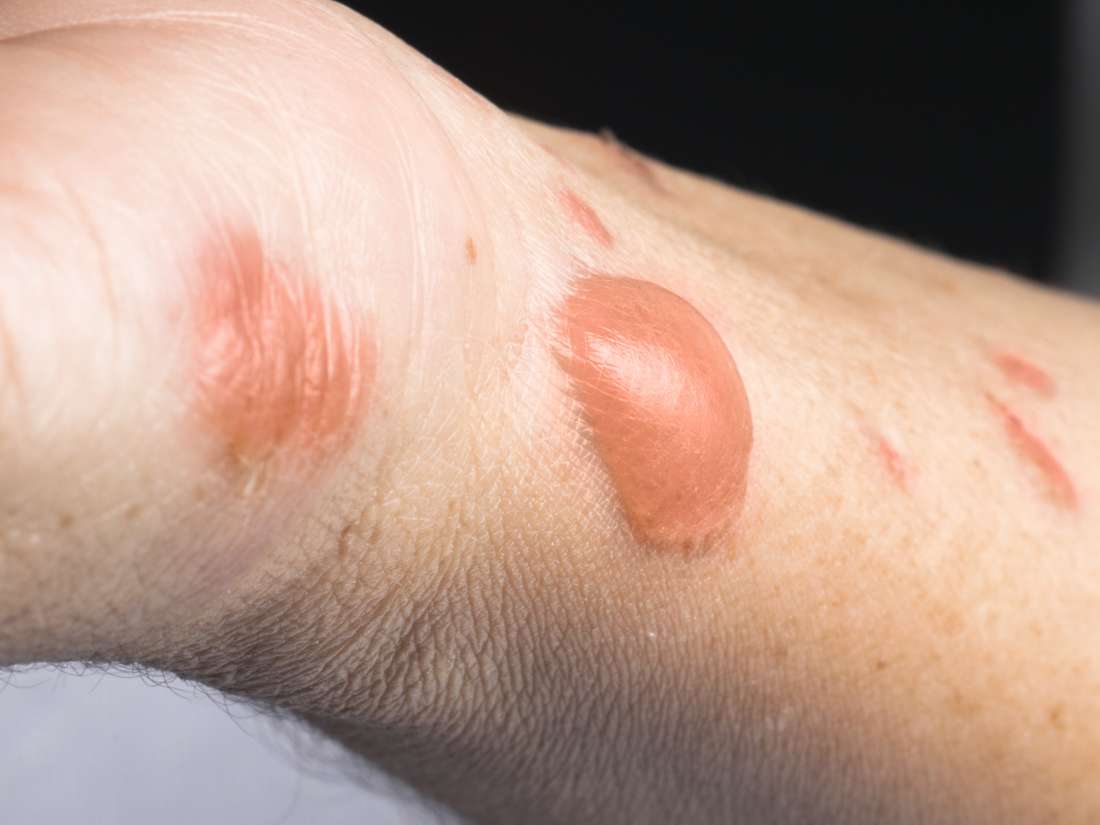

Burn depth is generally categorized as first, second or third degree. The following is only a sample of the possibilities available. The treatment of burns depends on the depth, area and location of the burn. Be aware that not all people with burn injuries will need accommodations to perform their jobs and many others may only need a few accommodations. Also, the degree of limitation will vary among individuals. Examples include sunburn and the burn from briefly touching a hot pot. People with burn injuries may develop some of the limitations discussed below, but seldom develop all of them. First degree burns are the least severe kind of burns.
First degree burn how to#
For more information about how to determine whether a person has a disability under the ADA, see How to Determine Whether a Person Has a Disability under the Americans with Disabilities Act Amendments Act (ADAAA). Instead, the ADA defines a person with a disability as someone who (1) has a physical or mental impairment that substantially limits one or more "major life activities," (2) has a record of such an impairment, or (3) is regarded as having such an impairment. They appear red without blisters and pain typically lasts.
First degree burn skin#
The ADA does not contain a definitive list of medical conditions that constitute disabilities. Burns that affect only the superficial skin layers are known as superficial or first-degree burns. Burn Injury and the Americans with Disabilities Act Cover the burn with a sterile, non-adhesive bandage or clean cloth. Signs: Red Painful to touch Skin will show mild swelling Treatment: Apply cool, wet compresses, or immerse in cool, fresh water. They can require a long recovery time and may result in severe limitations. Principal Display Panel - First☍egree ® Therapeutic Burn Cream. First-Degree Burns: First-degree burns involve the top layer of skin. Third degree burns are the most severe and often result in extensive scarring. The burn site generally appears black or charred with. Second degree burns involve the first and second layer of skin and are characterized by blistering of the skin, redness, and swelling and are very painful. Full thickness involves damage to both the first and second skin layers, plus the underlying tissue. First degree burns involve only the top layer of skin and are characterized by pain, redness, and swelling.

Burn injuries are classified in three ways: first, second, and third degree. To treat a burn, follow the first aid advice below: immediately get the person away from the heat source to stop the burning.


 0 kommentar(er)
0 kommentar(er)
